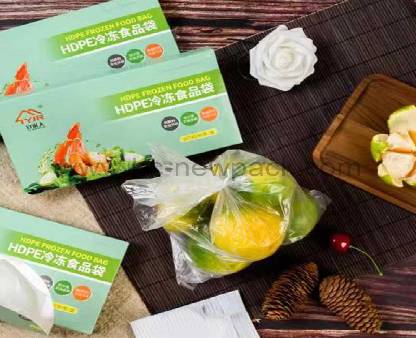Key Words: Biodegradable Bag, Garbage Bag, T-shirt Bag, Food Bags
I believe that many people are accustomed to wrapping them in plastic wrap or plastic bags after buying fresh fruits and vegetables and putting them in the refrigerator, first to prevent moisture loss, and second to prevent odor. But did you know that plastic bags are also divided into "three, six, nine, etc.", what should you pay attention to when buying? The Fruit Vegetable Packaging Bag Manufacturer tells you
Fruit Vegetable Packaging Bag are best food-grade, and you must look for the QS mark when buying plastic wrap.

Fruit Vegetable Packaging Bag
No need for ultra-thin plastic bags. Ultra-thin plastic bags are light in weight and thin in thickness, but their load-bearing capacity is very strong. This is because plastic bag manufacturers have added plasticizers in the production process, and such plastic bag manufacturers have added plasticizers in the production process. The long-term use of such plastic bags is extremely harmful to human health, and national laws and regulations also prohibit manufacturers from producing and selling ultra-thin plastic bags.
Don't use Plastic Bags with bright colors. We often see colorful non-transparent plastic bags. A lot of fuel, stabilizers, and plasticizers are added during the production process. Try to avoid long-term use when storing fruits and vegetables. In addition, when using a transparent plastic bag with many printed patterns and fonts, be careful not to directly contact the printed patterns to avoid ink soaking fruits and vegetables.